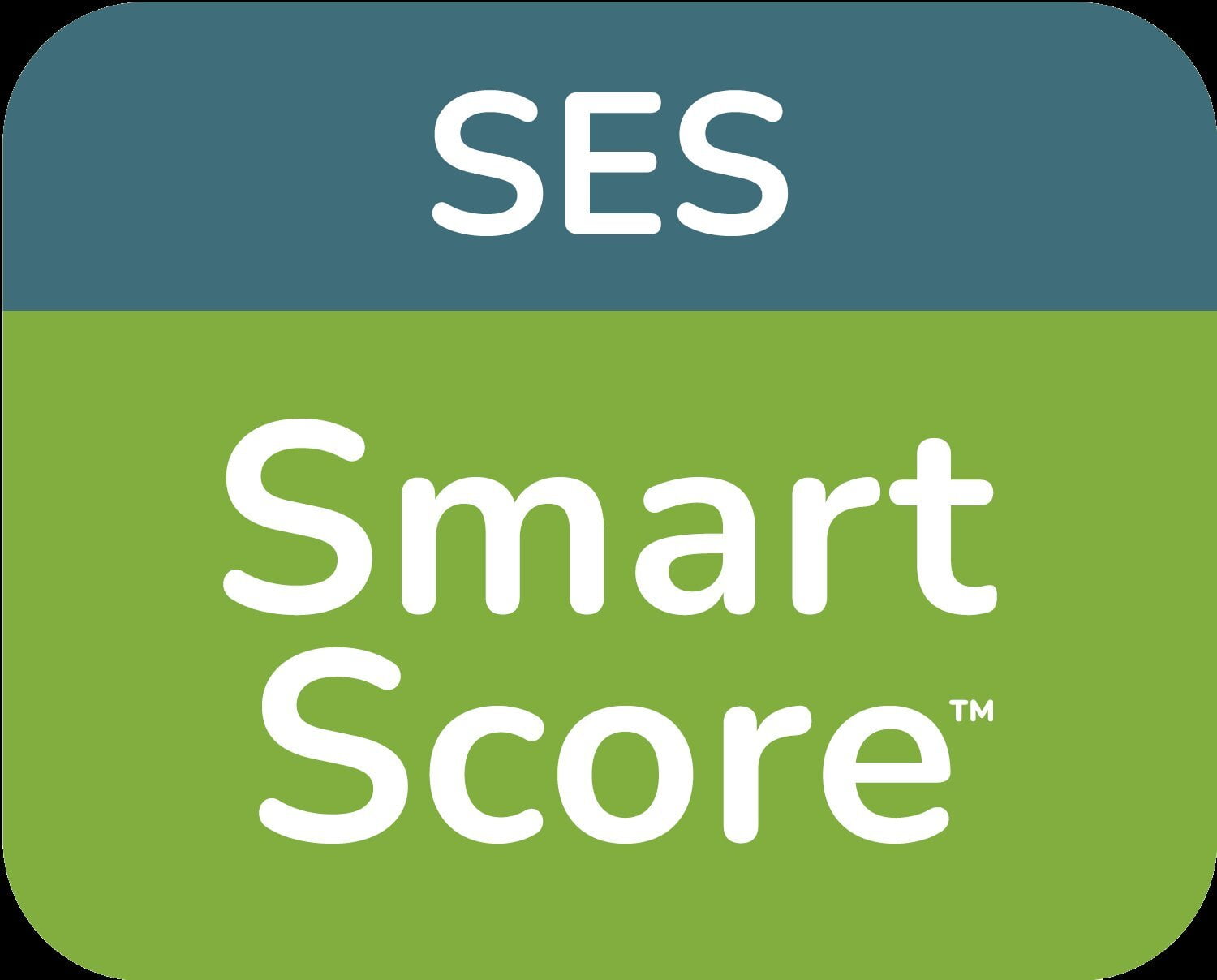Vague, General, and Subjective Make Poor Rubrics
High-quality rubrics can be valuable to both the teacher and student; however, not all rubrics are created equally. Throughout the last ten years I have had the opportunity to develop and edit hundreds of rubrics based on discussions with PLCs and content area teachers. This experience has allowed me to understand the difference between a high-quality rubric that serves students and one that might even hinder the learning process.
The problem with traditional rubrics is that they are often vague, general, and filled with subjective language. It’s common to see rubrics that distinguish between two levels of criteria with the addition of a single word - open to interpretation. For example, “Writing is exceptionally clear, focused, and interesting” verses “Writing is clear, focused, and interesting”. The thinking is that by adding a word such as “exceptionally” we are helping our students to better understand what they need to do to achieve or improve. Even a group of strong language arts teachers might have difficulty coming to consensus on what “exceptionally” is, let alone students who are far from content experts. When we hand out rubrics with adverbs such as “exceptionally”, we perpetuate the sort-and-rank approach to teaching that differentiates students based on their prior knowledge and ability to understand the game of school. Imagine if your basketball coach was trying to help you improve your shot and she told you, “Do what you are doing, but just exceptionally!” When we fail to outline specific, clear, objective criteria we miss the opportunity to teach, clarify, and empower our students.
Clear, high-quality, objective rubrics are a valuable tool for students which allows students to self-assess and understand, identify, and set learning goals. We want our classroom rubrics to ensure students know what they need to demonstrate to reach the standards-based achievement goal. We want rubrics to communicate to our students and parents the actual skills and knowledge that are important to success. We want them to be sound instructional tools outlining the objectives of the unit or assignment, as well as an assessment tool to provide students and teachers with important feedback with measurable data.

